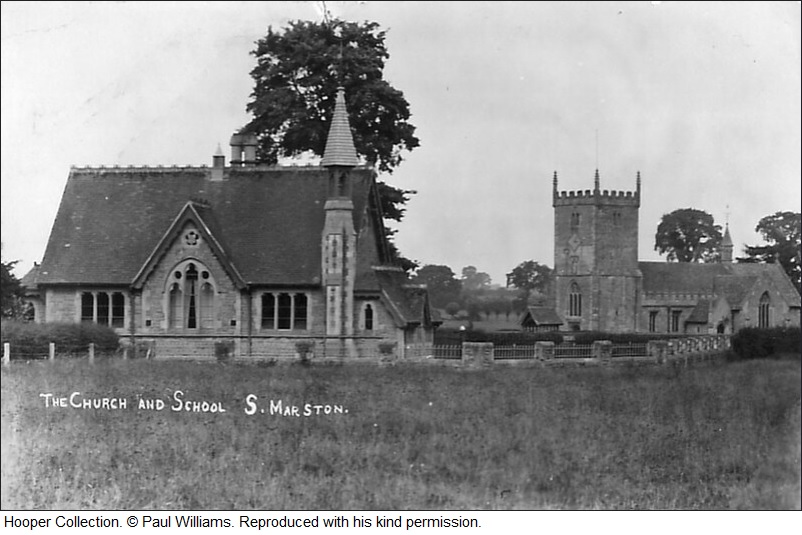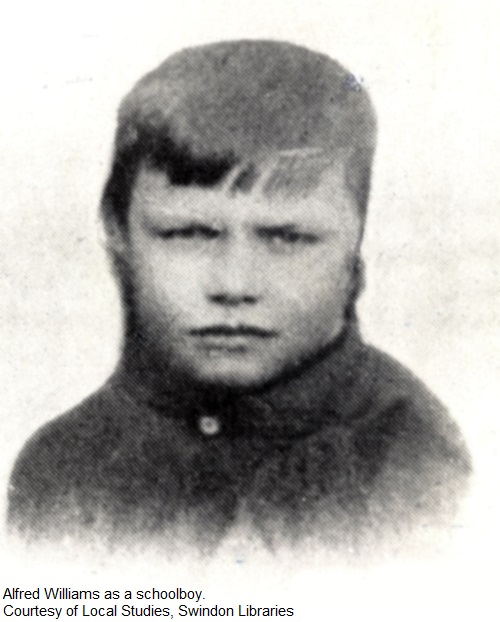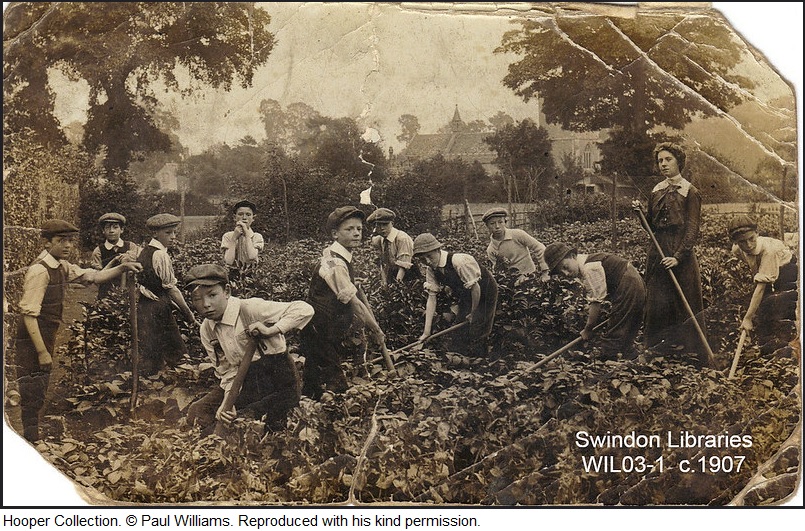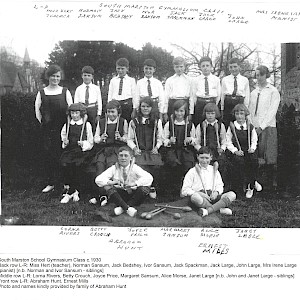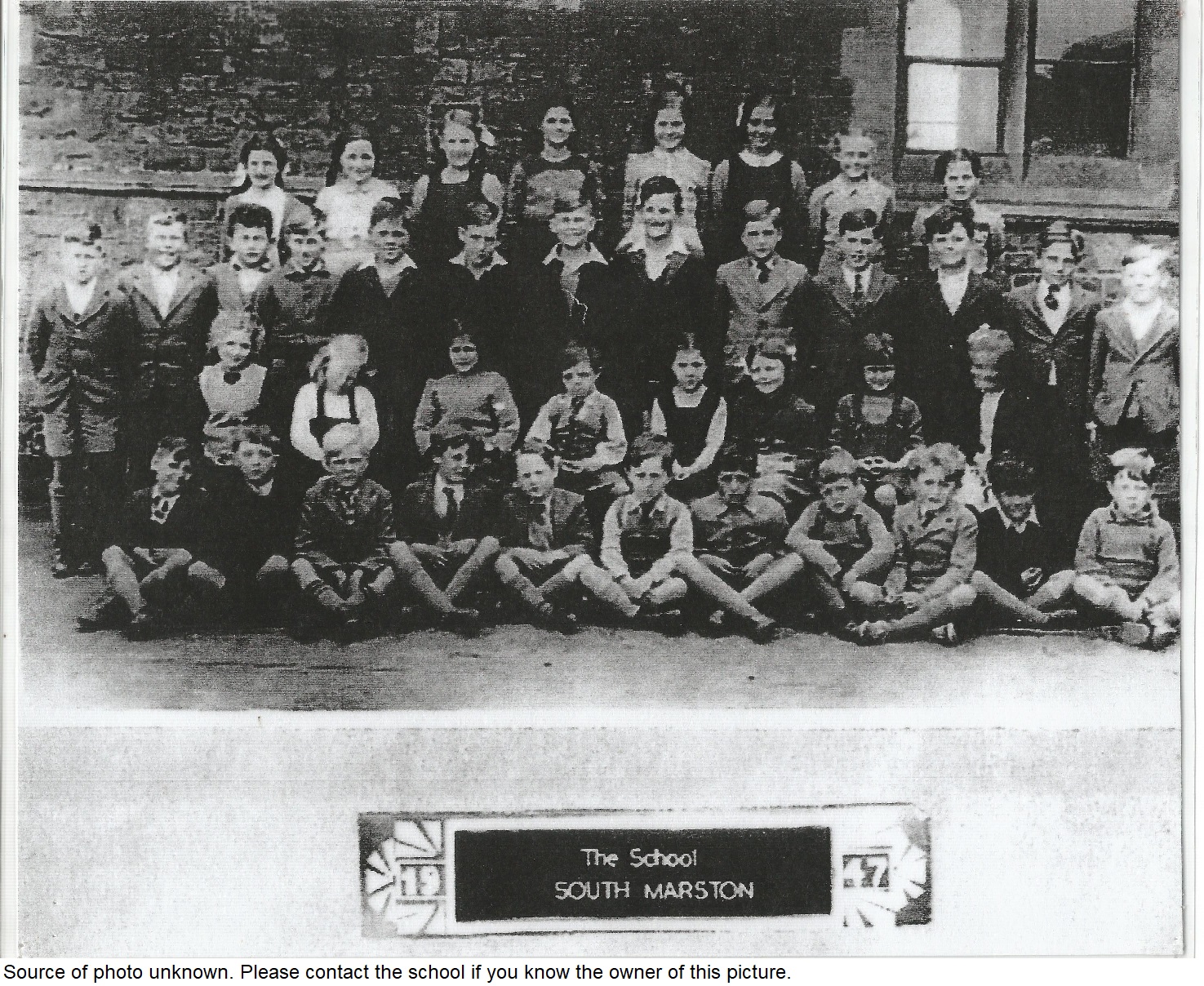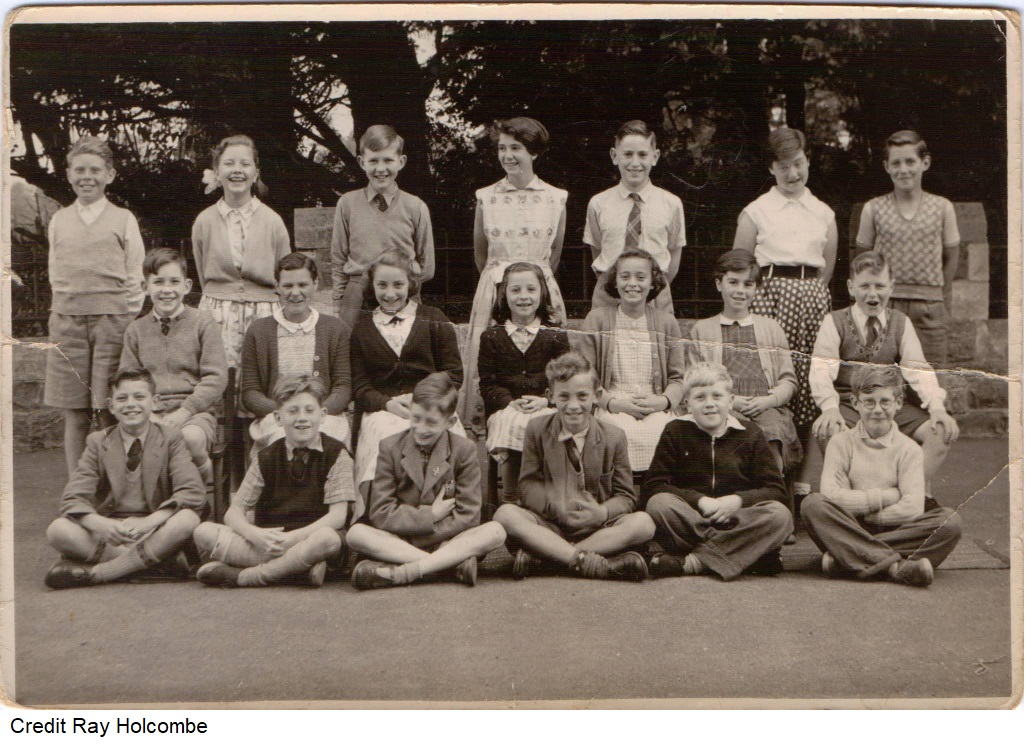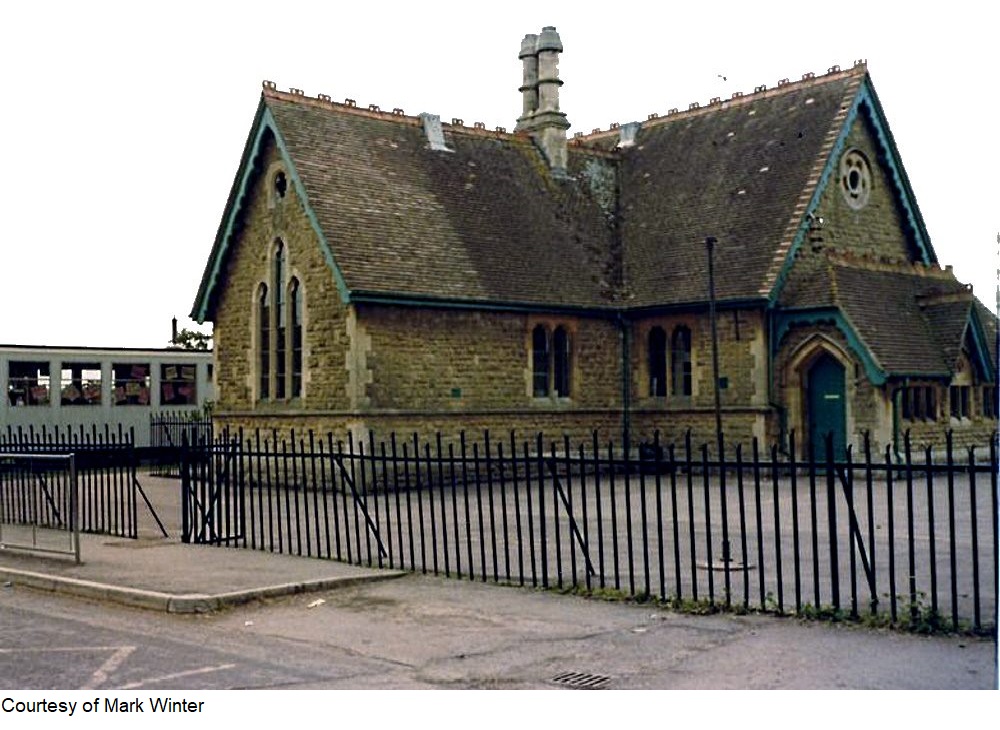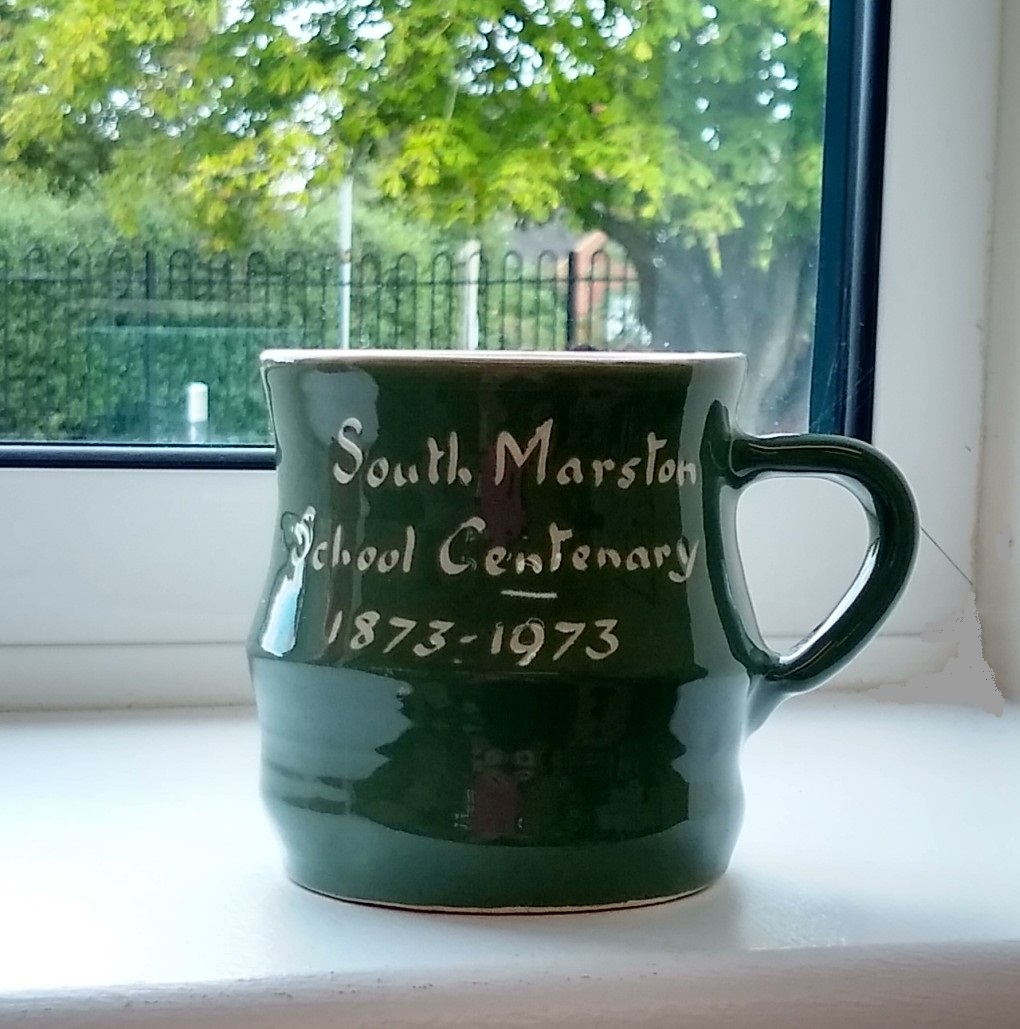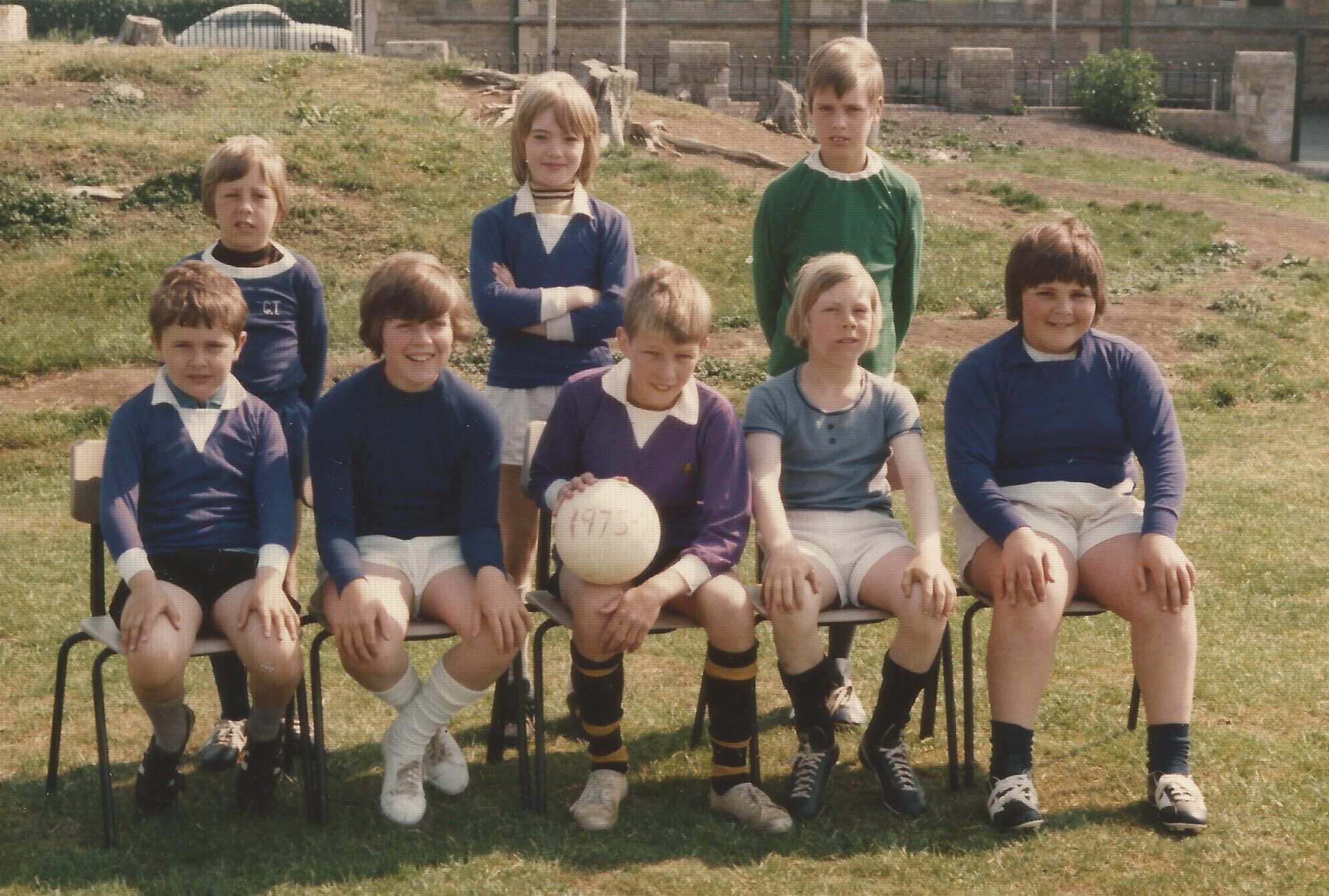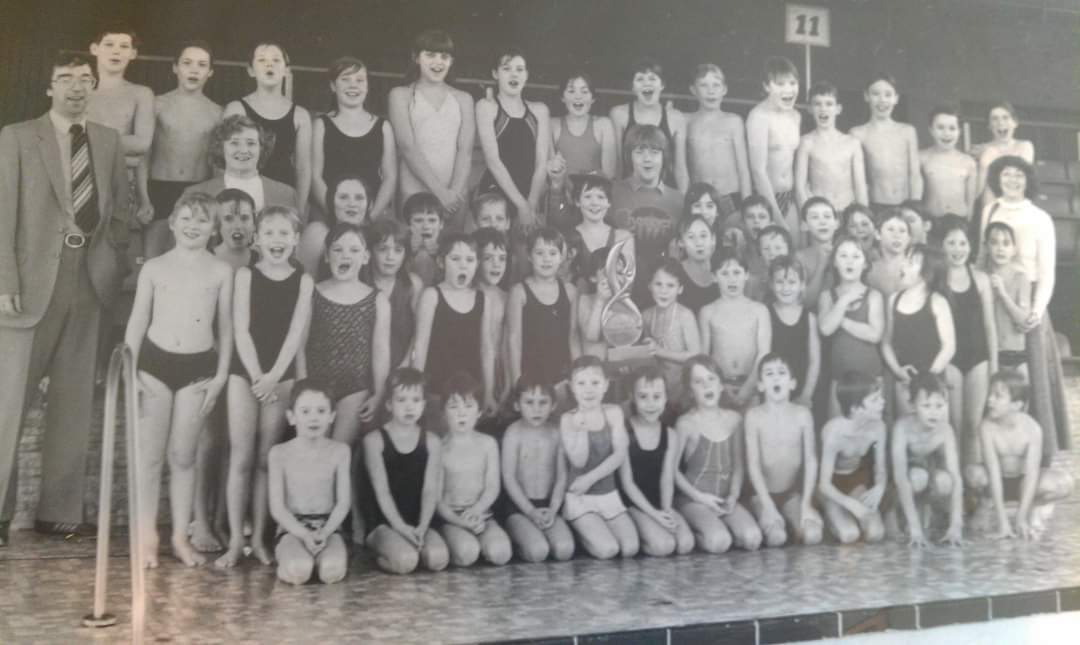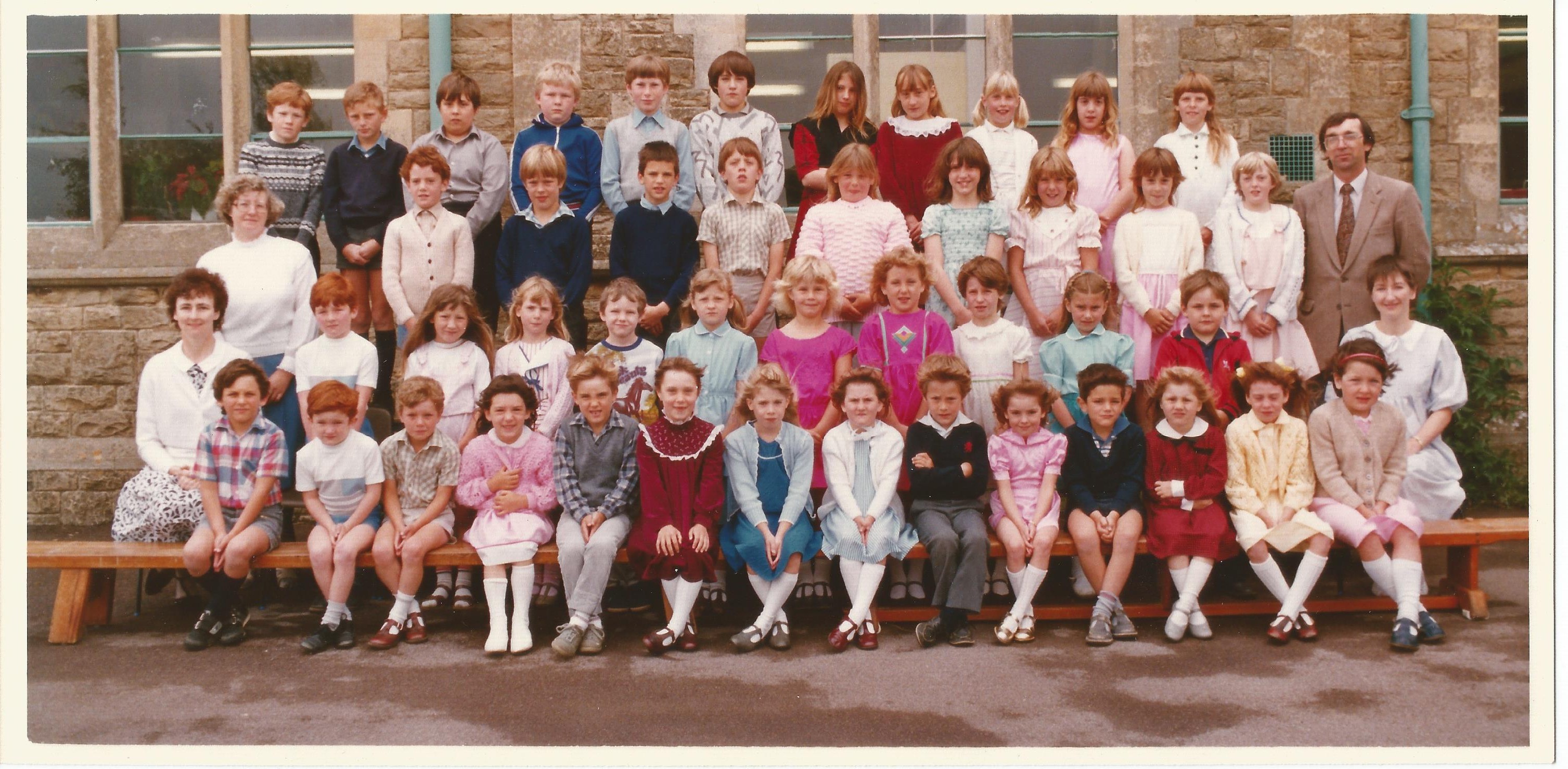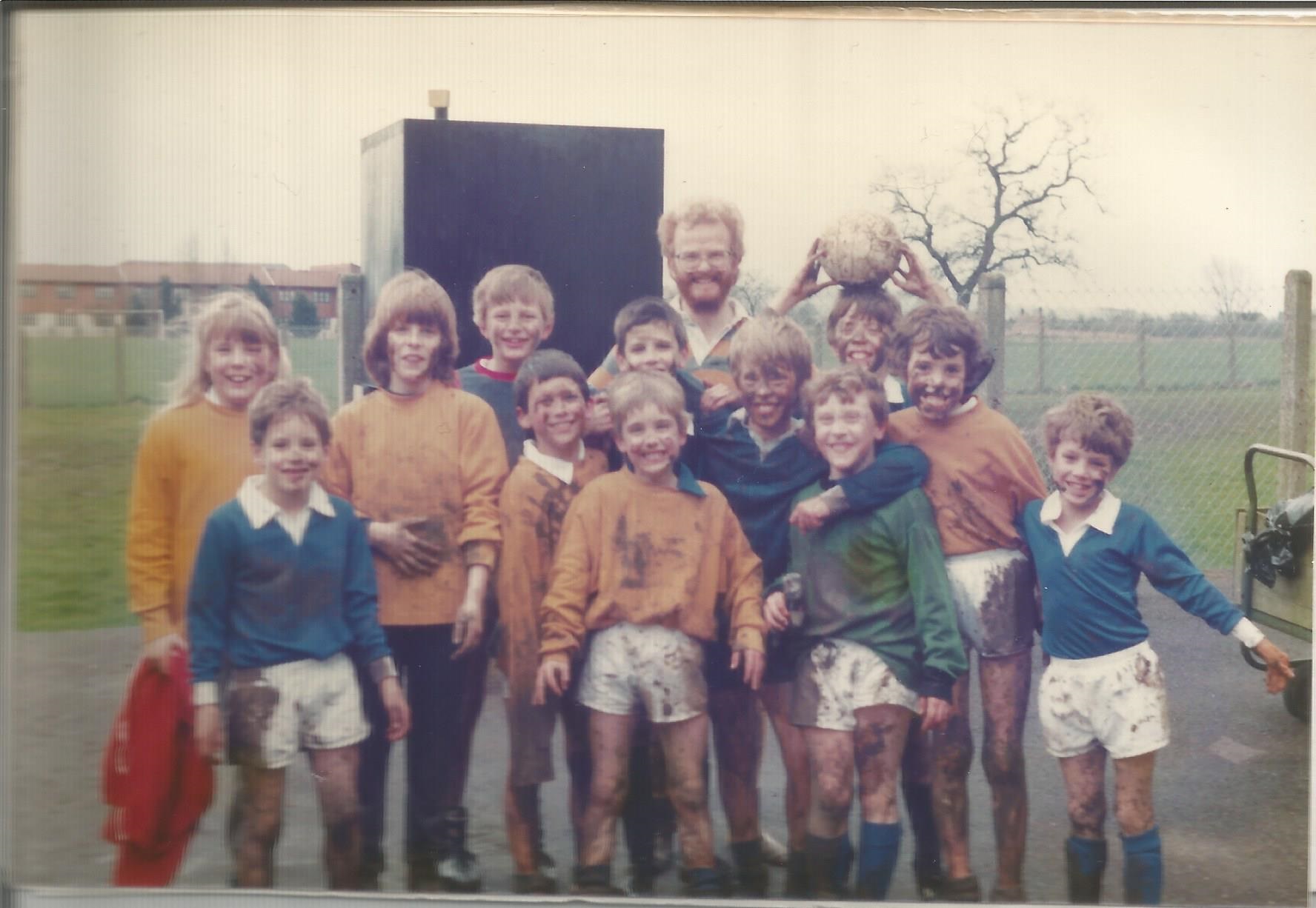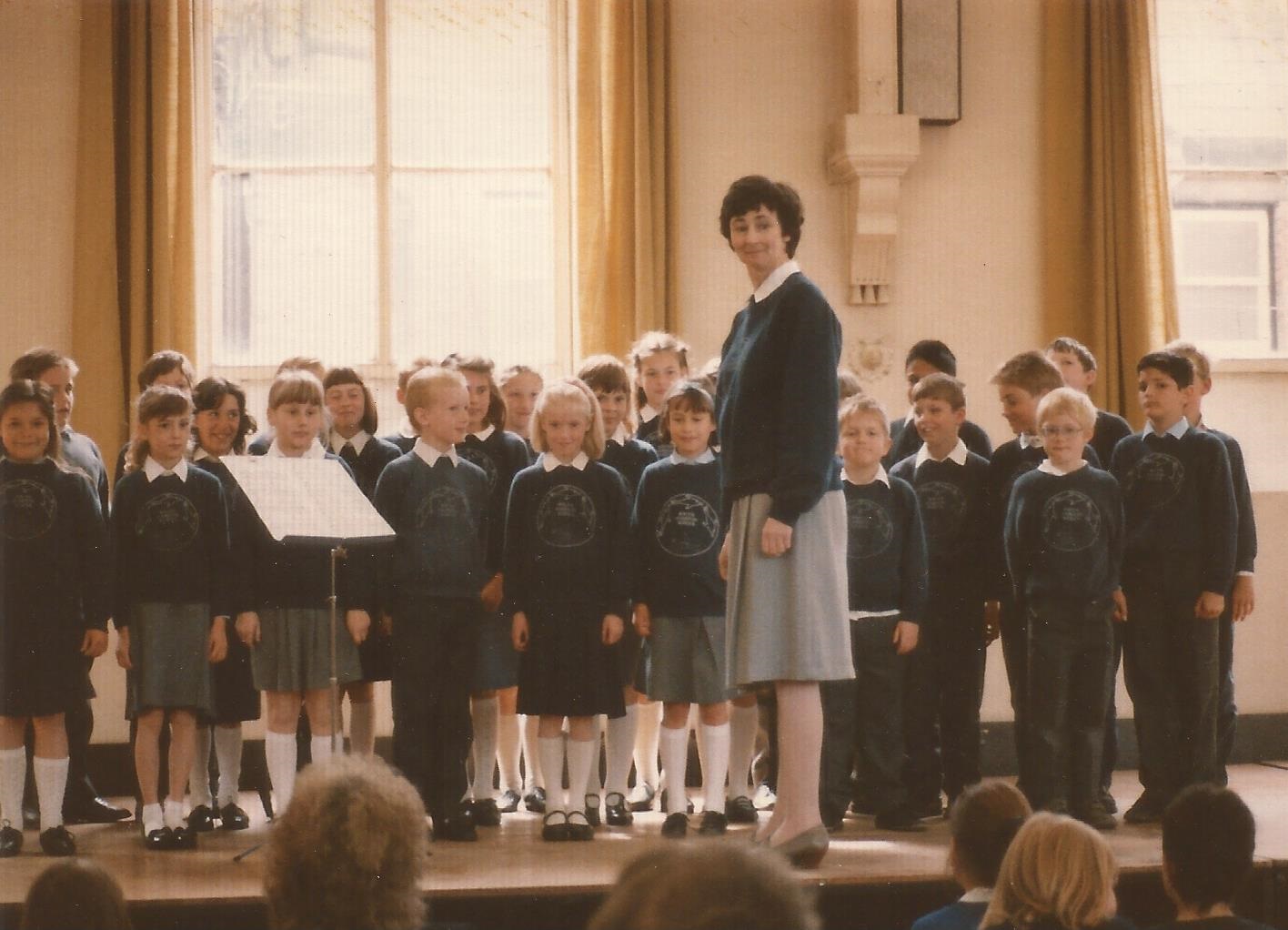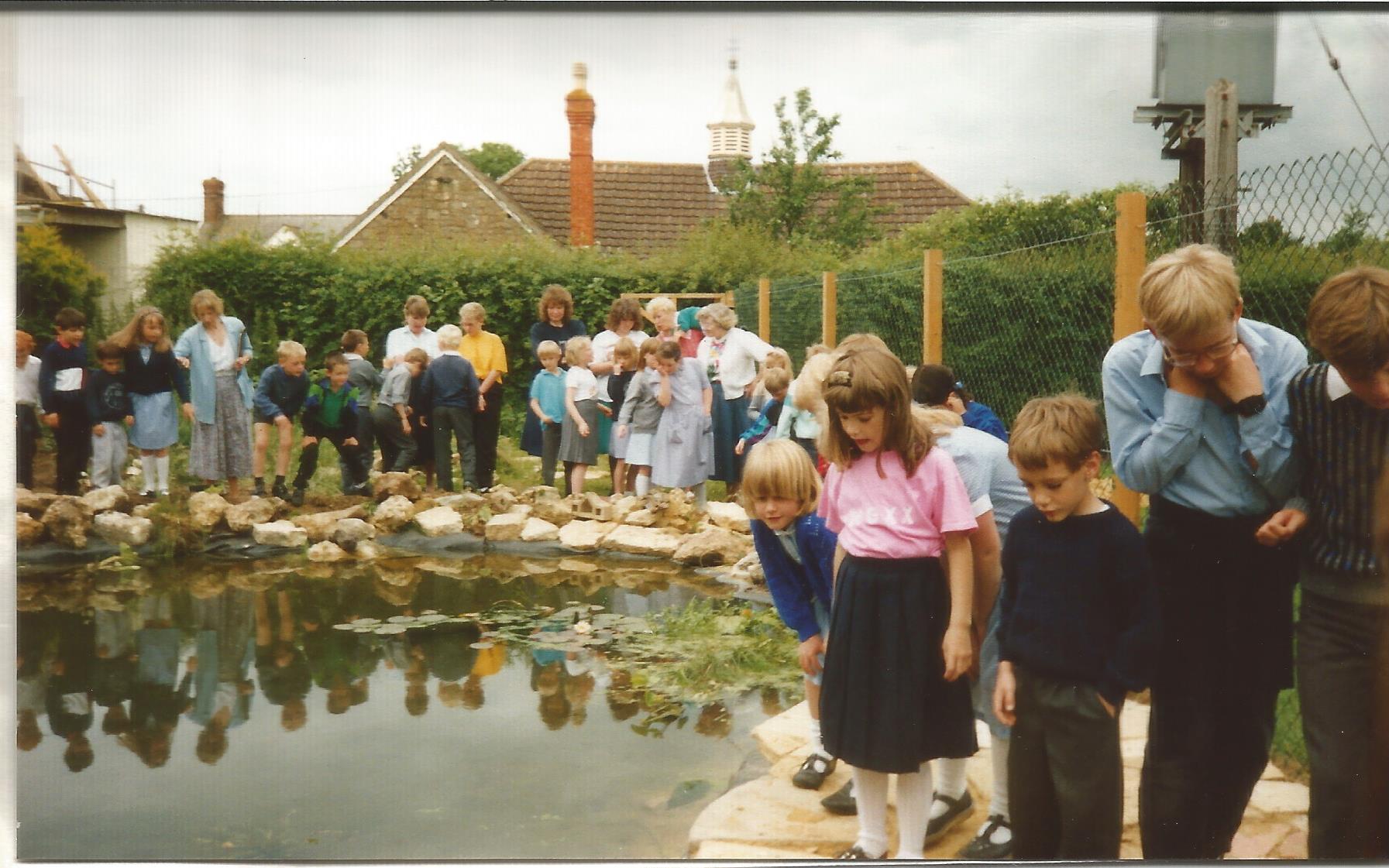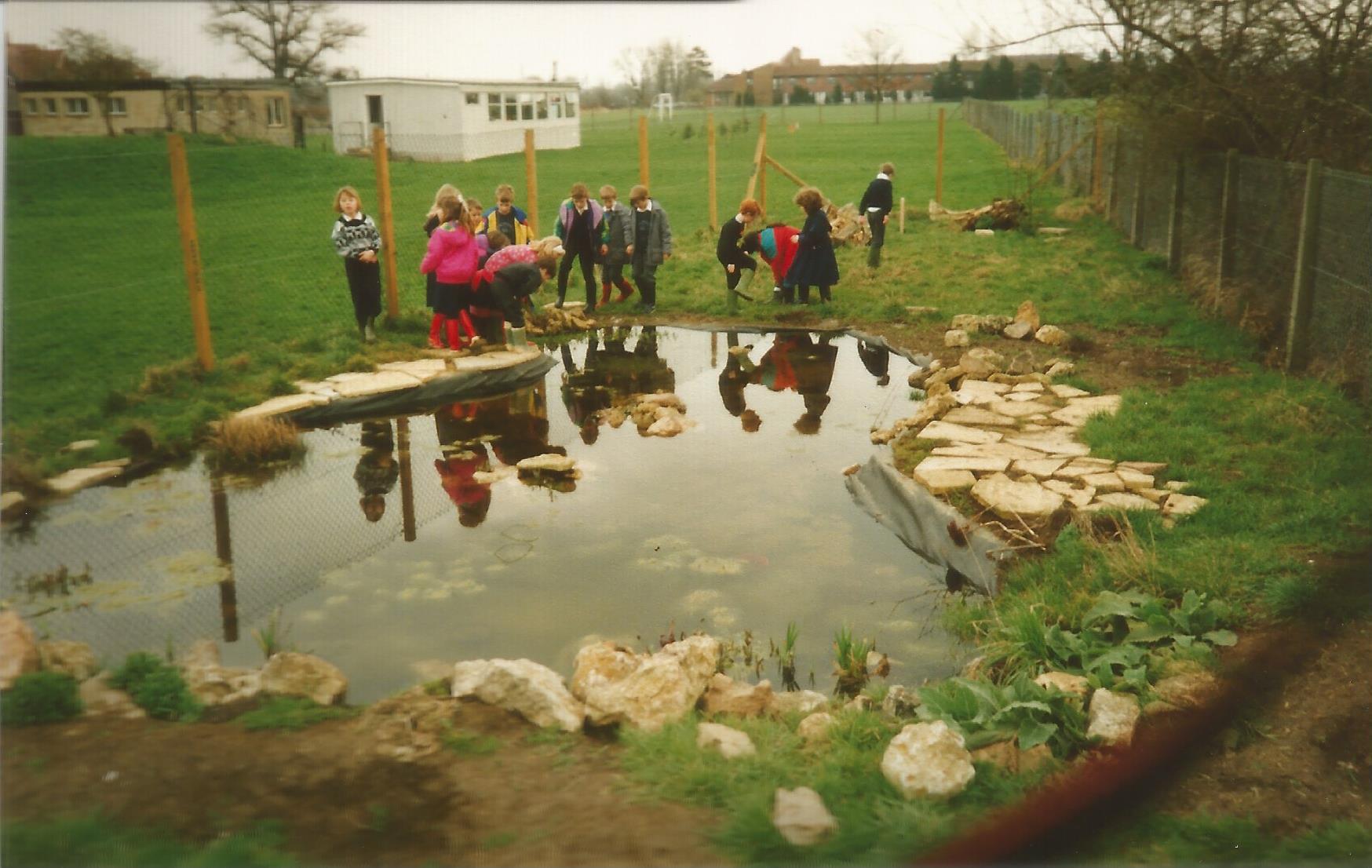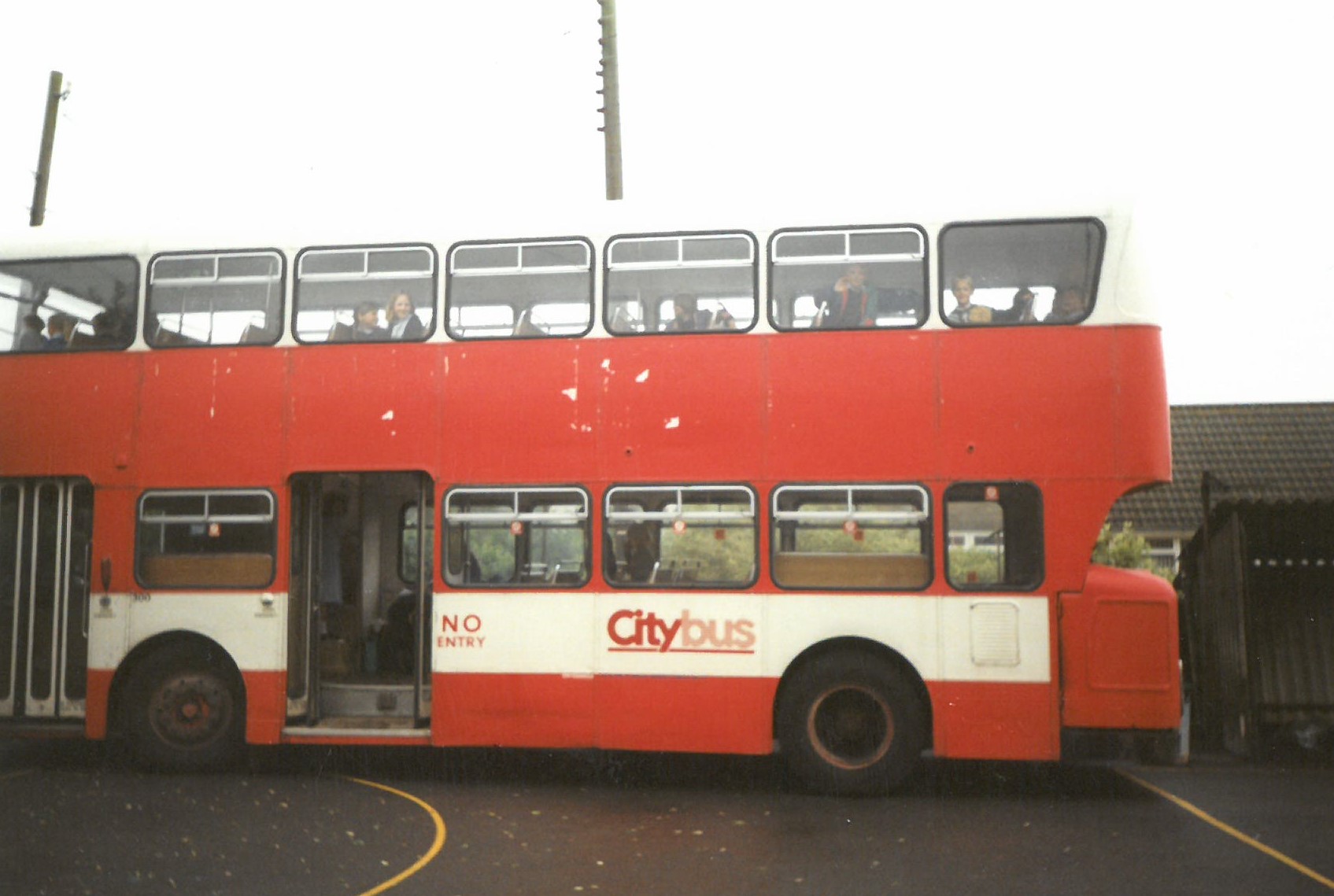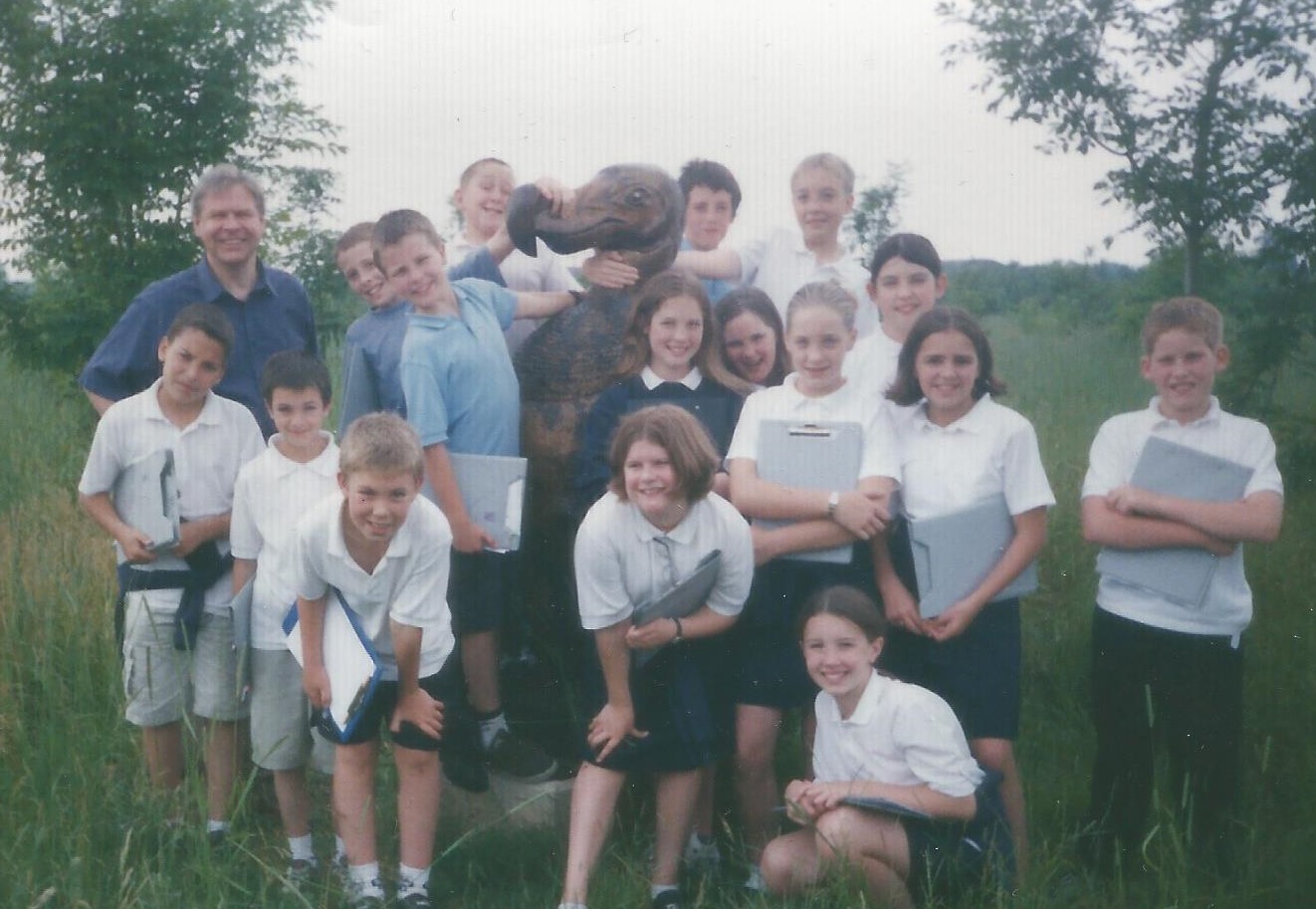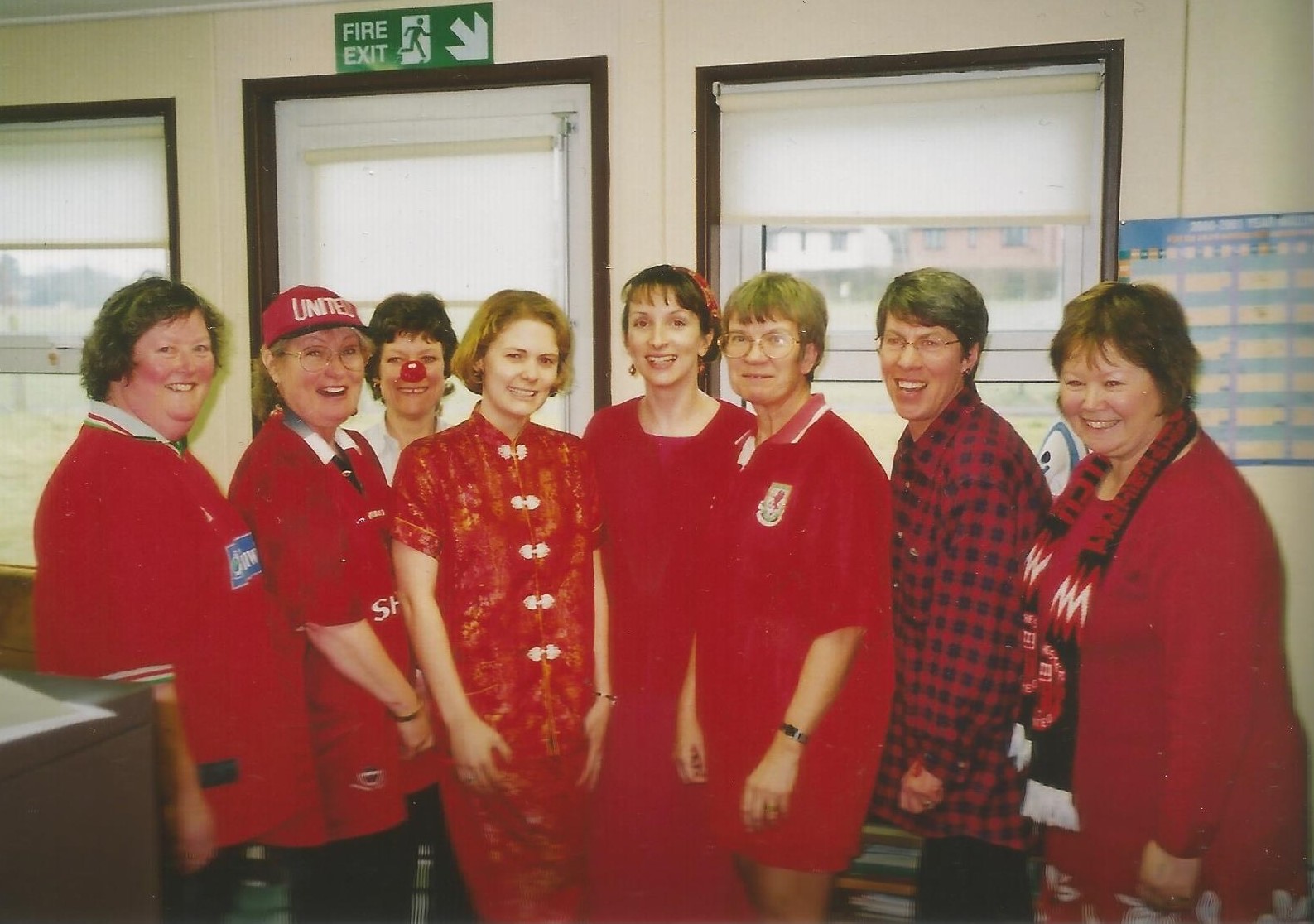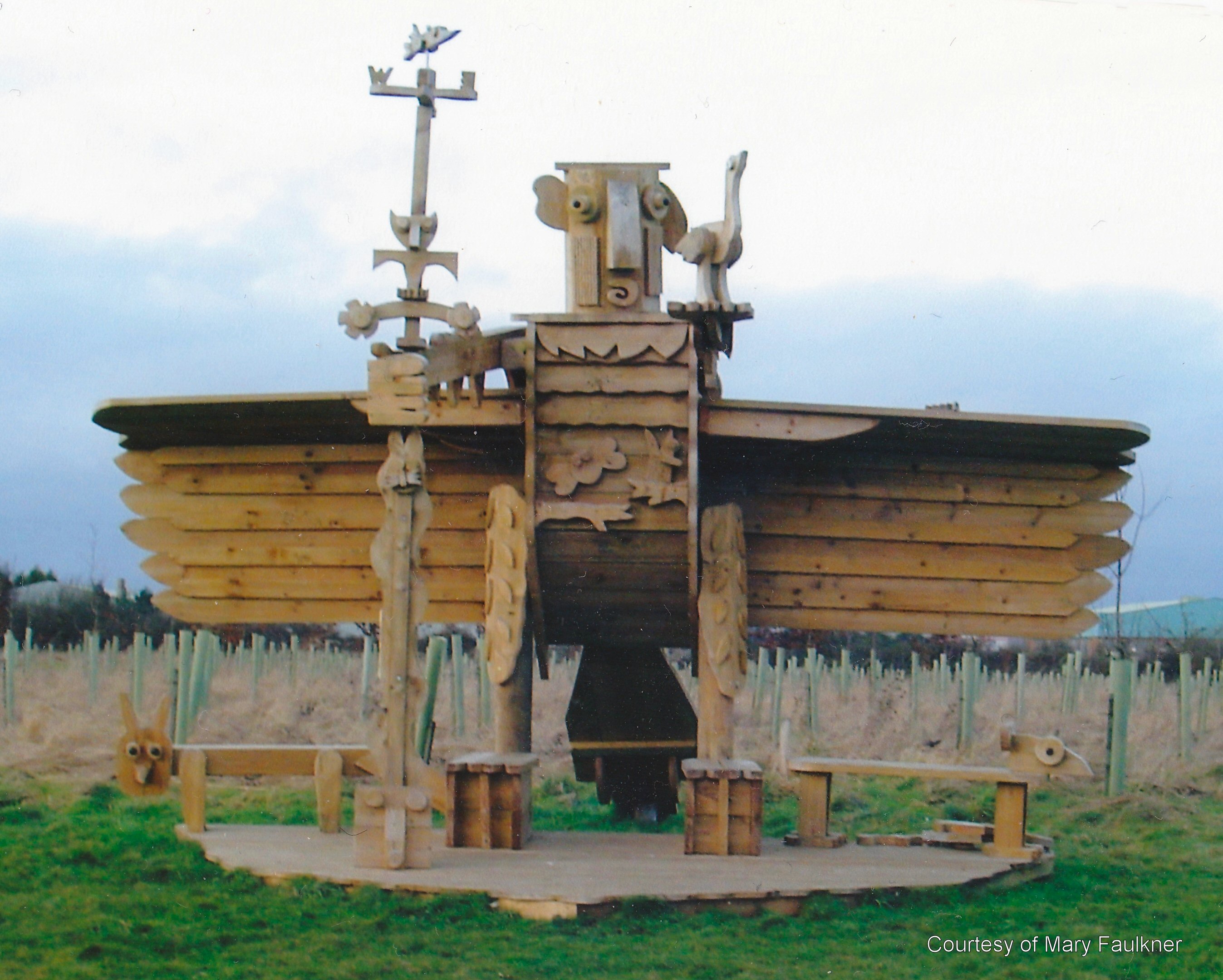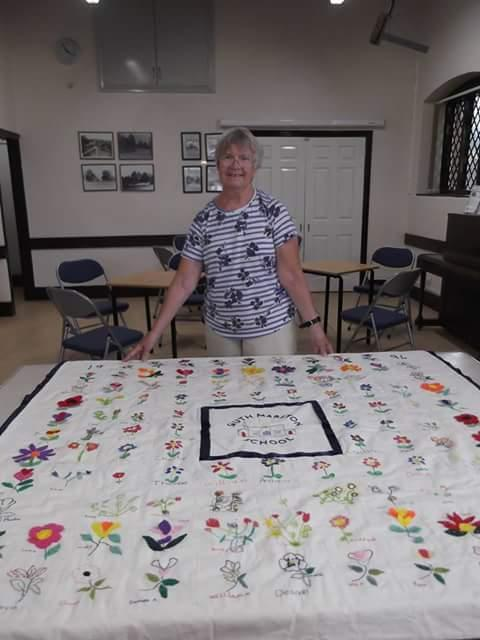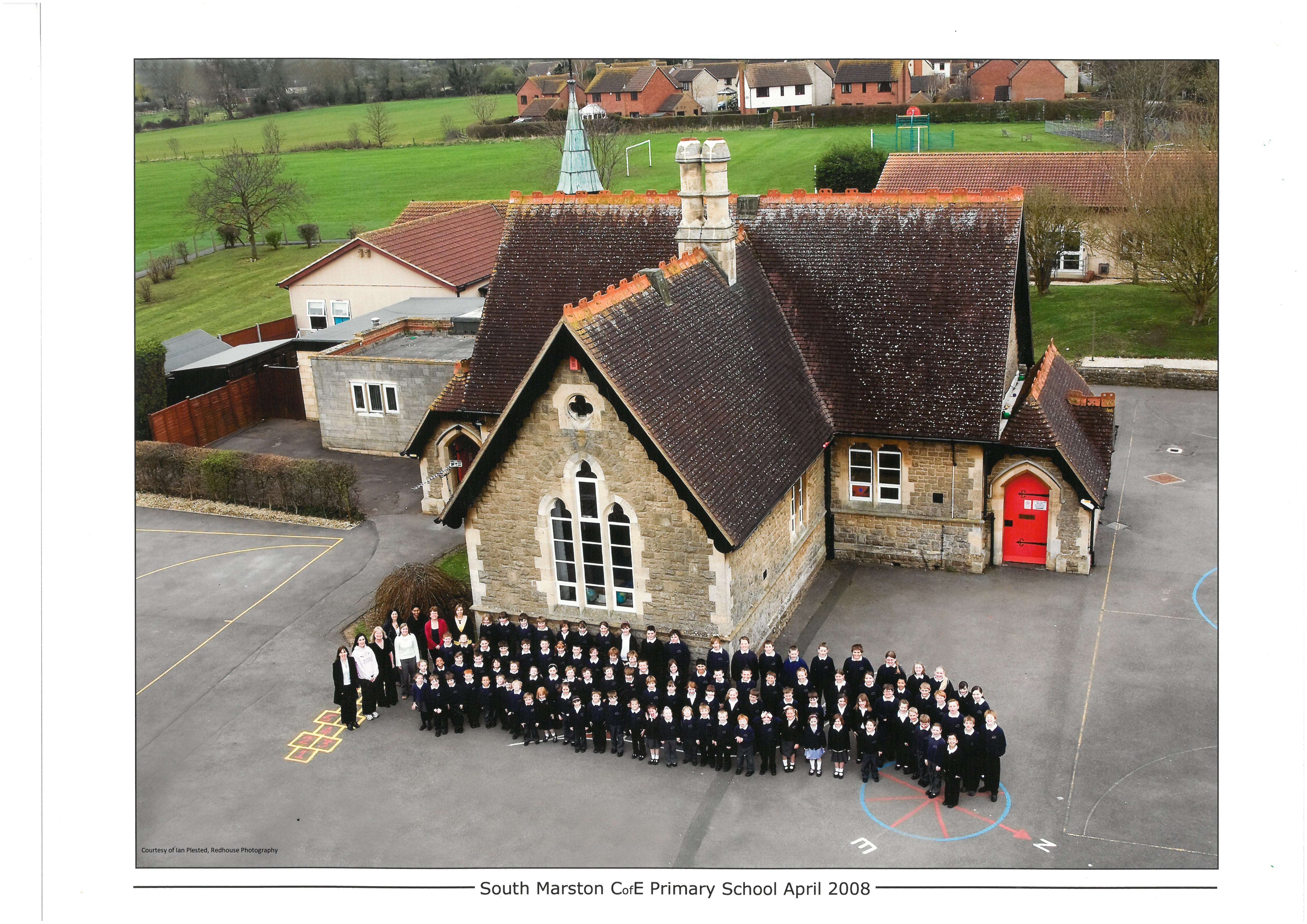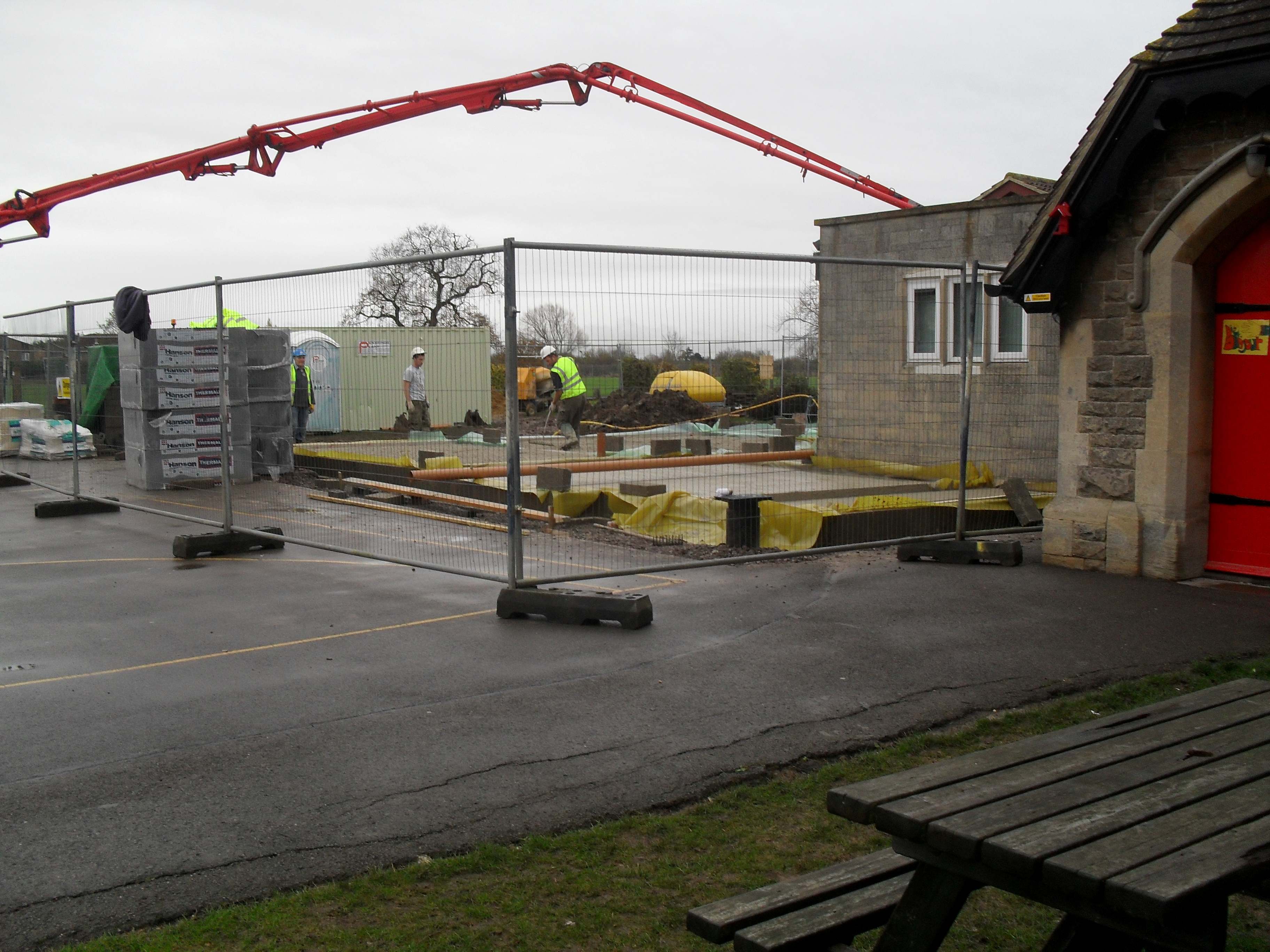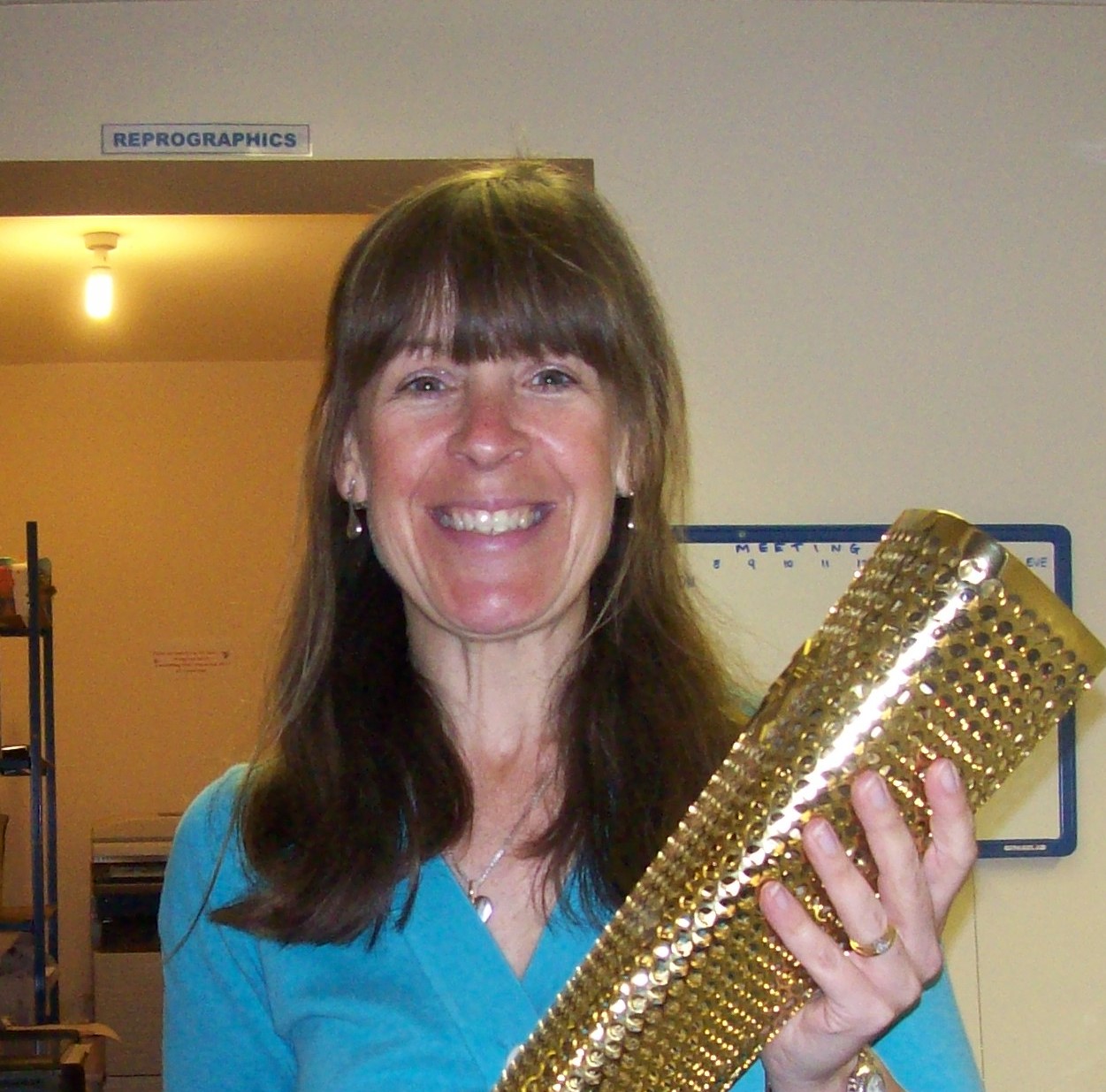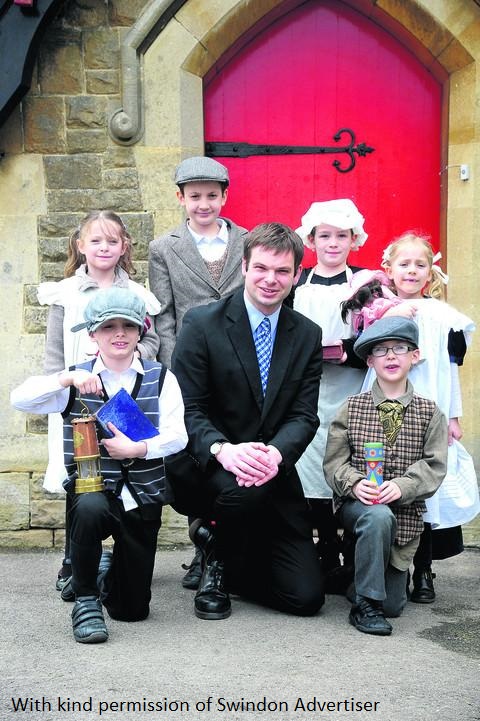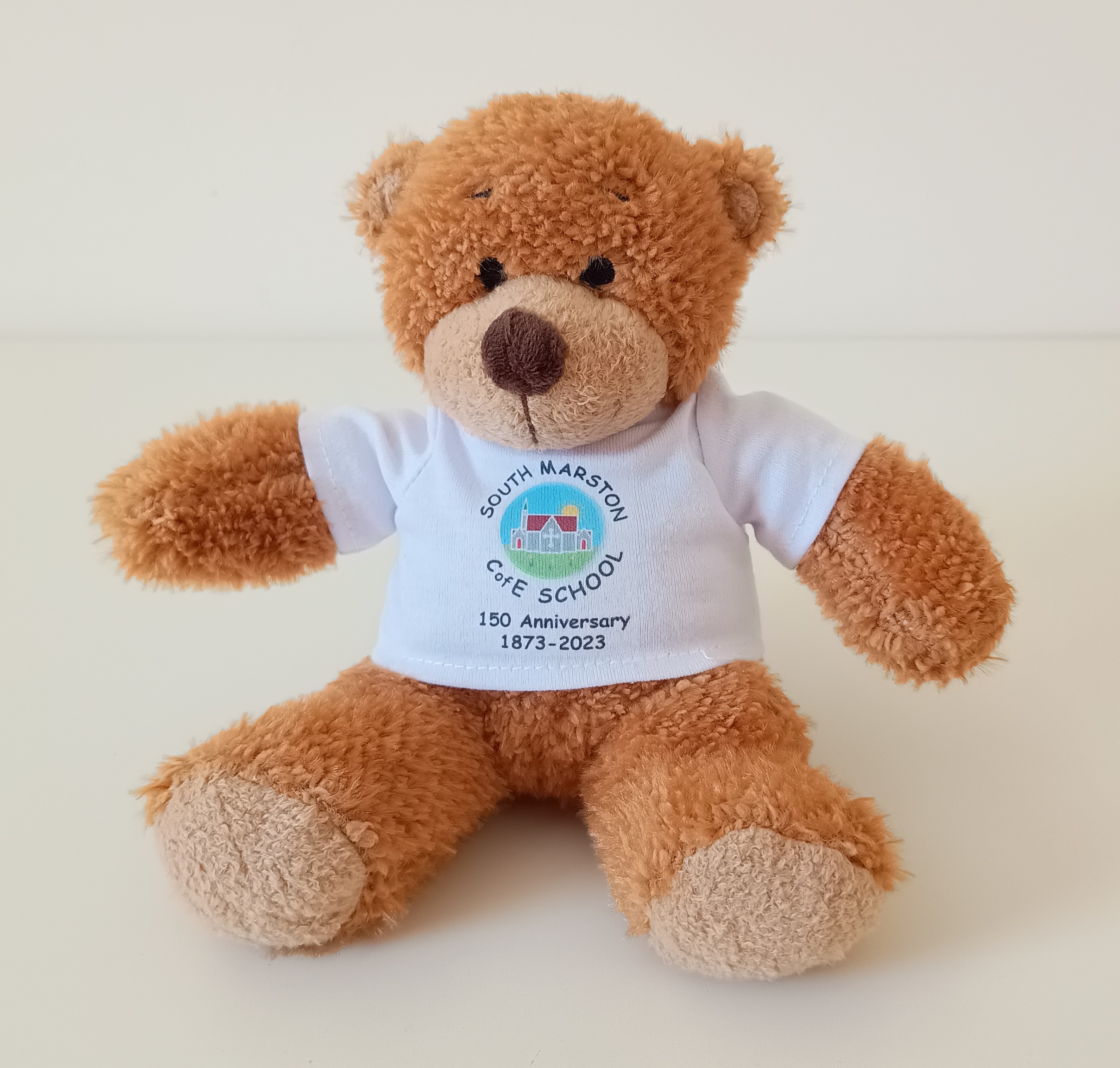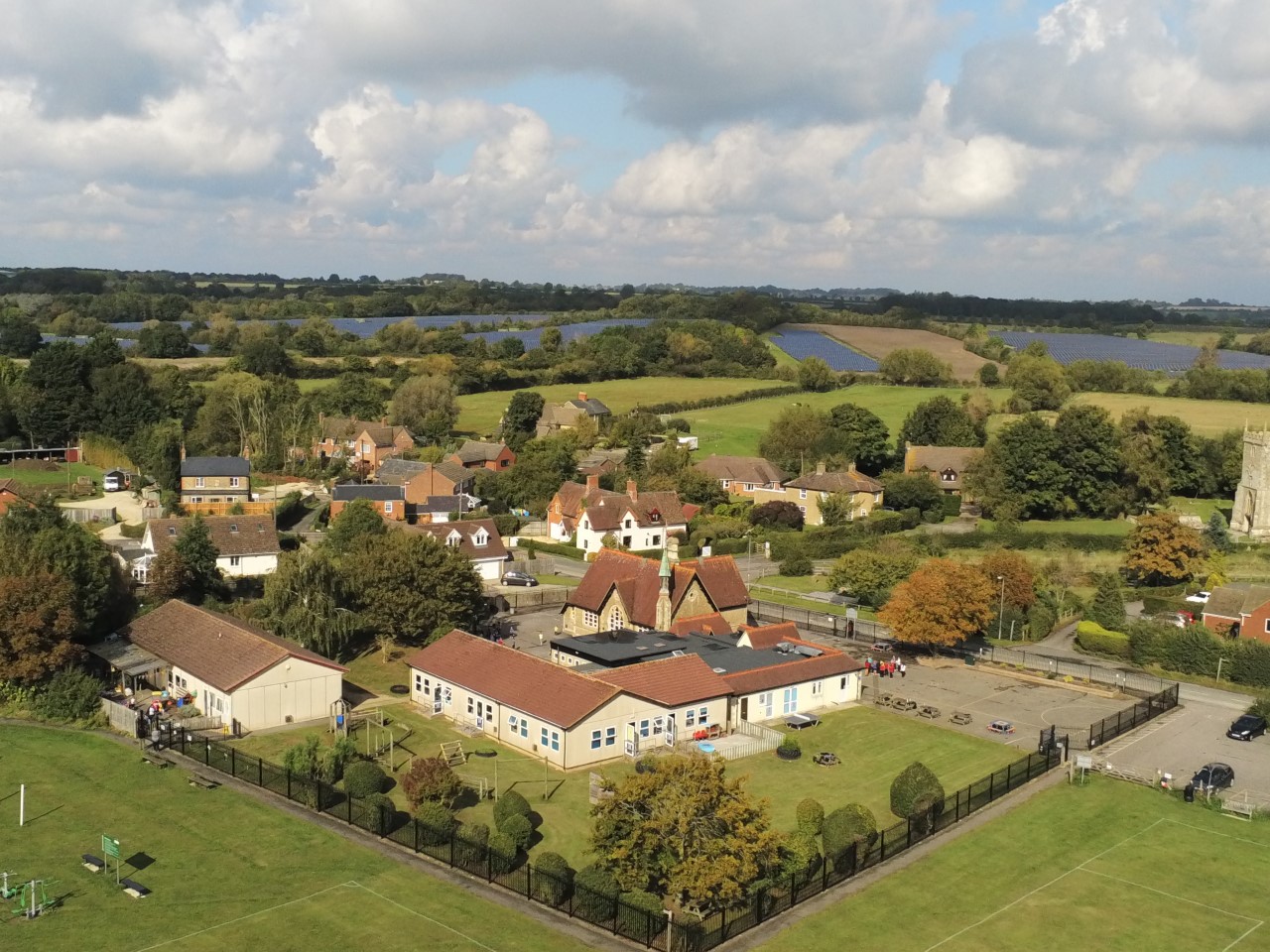With Mr Sinclair’s headship came the era of big drama productions, starting with “Oliver!” in over 3 nights in Spring 1989.
The log book records:
““Oliver!” performances 7pm – 9.15. Played to packed houses to enthusiastic support.
The full realisation of the enormity of the task we had taken on only gradually dawned on everyone! I have produced such shows many times so I, at least knew something of what to expect – I think!
Every child in the school was in the cast with the major parts going to the older children. Two adults appeared as Fagin and Mr Bumble – both put in a tremendous amount of time and effort and were excellent. Teachers coordinated and directed operations on props and costumes with great enthusiasm and dedication.
All the parents were involved in supplying their own child with much of their costumes.
Together with parents we built a folding unit stage system (materials supplied by Crosby Doors) and set (materials supplied by parents).
We put up full theatre lighting, operated by a parent.
G [teacher] rehearsed and trained the whole school regarding singing.
We rehearsed after school 3 times a week with the principals until 2 weeks before the show when we involved all the children in and after school time.
The leads had enormous parts to learn and lots of singing to do and the outcome was truly amazing.
Olivers (MW, AJ) Dodgers (AF, JB) Sykes (MS) and Nancy (MC) stand out exceptionally, but everyone had fears to conquer, hurdles to clear and self-discipline to learn. They all grew visibly as the term wore on.
In the end we played to a total audience of over 250 who were fulsome in their praise.
Financially, we priced programmes at £2 (designed and word processed by the children) and broke even in the whole event.
During performances teams of parents did make-up, marshalled back stage and supervised those waiting.
It was a tremendous effort on everyone’s part and everyone can be justifiably proud of what we achieved.”
School trips were many and varied and summer terms included a ‘School Trip Week’ where multiple visits to near and far took place. Notable visits included Camber Sands, Bristol Exploratory, Wilton Windmill, the Honda factory, Jansen Pharmaceuticals, Tower of London, London museums, water sports at South Cerney…
SATs began in 1991, involving considerable preparation which was quite a strain on resources. The school’s number on roll had continued to increase and with it came an evident frustration about the school’s accommodation and facilities. However, along with the difficulties there were also successes and a large pond/environmental study centre was completed after much hard work, especially by parents RT and JC. As Mr Sinclair left to take up a new position, he was very pleased to leave it as a lasting legacy of his time at the school.

